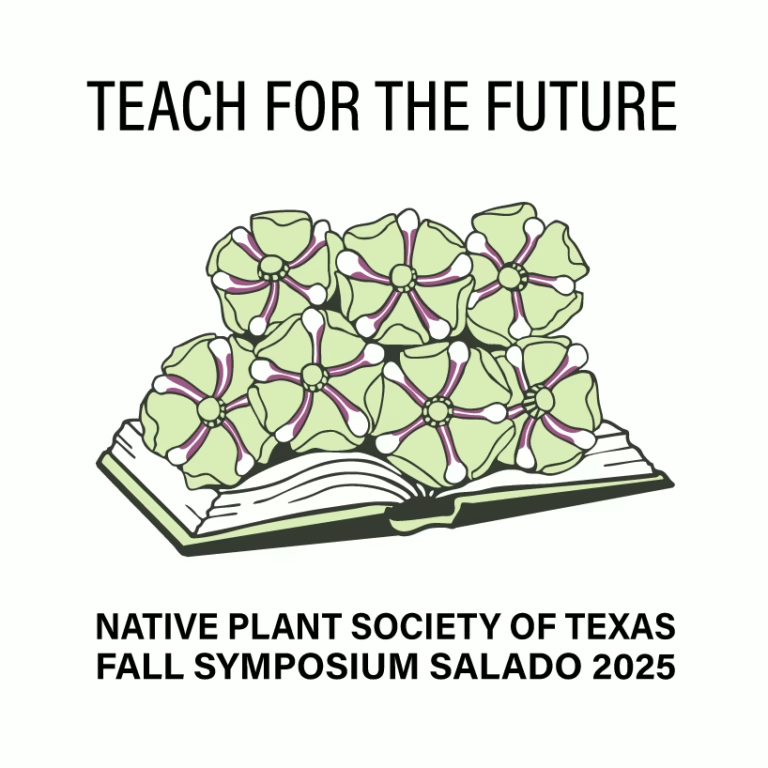**ARCHIVED POST **
The tree called cedar elm, Ulmus crassifolia, is the subject of a number of contradictory terms and confusing bits of data.
First is the name – the “cedar” refers not to any trait of the tree itself, but to the junipers it likes to hang around with. And even those junipers are not really cedars.
However the kind of habitat that both the juniper and the cedar elm prefer has come to be called “cedar breaks”.
Those common names are so confusing. A better common name might be Texas elm, except that it also grows well in Louisiana and Arkansas and areas of several other states. More informative is the scientific name, which tells you it is a true elm, Ulmus, and that its leaves are thicker than other elms, from crassi- meaning thick, and folia meaning leaf. It also has the smallest leaves of any of the native elms, and they are rough and sandpapery.

While most elms put out their flowers in spring, the cedar elm puts on a fall show in flowers, fruit (seeds) and color. Only one other elm native to the U.S. sets seeds in fall, the uncommon September elm, Ulmus serotina. But throughout Texas, if it’s a fall seeding elm, it’s probably cedar elm. The flowers that form in late July through early September are small and inconspicuous, with no petals, but only filaments of green pistils and purple anthers. By September or October, the branches are thick with clusters of flat, oval seed packets called samara. The samara looks much like a tiny green round ravioli, or those dots of explosive caps for toy guns of the past. These are the fruit of the elm tree, with the seed forming a reddish bump in the middle.
Another misleading trait is that young cedar elm trees may exhibit “wings” – cork growths along the sides of branches. The wings make them look like winged elms, Ulmus alata, but the cedar elm will lose its wings as it grows and matures. Bark forms on mature trunks and limbs after five or more years, so the older branches on cedar elm lose their wings.
But there is no mistaking the beneficial traits of the cedar elm. This tough and adaptable shade tree is the most wide-spread native elm in Texas. While it prefers the limestone “cedar breaks”, it does well in heavy clay, compacted soils, and tolerates alkaline or salty soils. All this plus it has excellent drought tolerance. Yet it grows large and strong in river valleys along the Brazos and Colorado Rivers, and as far as the Pecos. It grows best along the bottom lands of the Guadalupe and Trinity Rivers.
It is an upright or vase-shaped tree, excellent for casting shade from summer heat, yet deciduous so that it drops its golden yellow fall leaves to let in warming winter sun. How tall it can get depends on the soil – harsh limestone outcroppings may limit it to 20 feet tall, while the State Champion Cedar Elm grows in rich river bottom soil in Dallas, Texas and is 83 feet tall. (Note: the previous National Champion Cedar Elm was 94 feet tall near Oletha in Limestone County.)
Cedar elm wood is extremely strong and has exceptional shock resistance. It’s often sold mixed with other elm hardwoods as “rock elm”. It is used in a variety of manufacture, from caskets and furniture to fence posts and bee frames. It’s fine grain bends well, so is used to make curved containers, boxes, crates, barrels and baskets.
Several bird species thrive on the elm seeds, including the wild turkey and plain chachalaca; squirrels eat the buds and seeds.
Propagation can easily be done with cold stratified (60-90 days) seeds or vegetative greenwood cuttings, layering or air-layering. However the small trees have shallow roots when young, and will prolifically grow new roots when cut, so transplanting young trees from beneath a parent plant is the easiest way. If roots are kept moist during transport, they can even be bare-root collected in the field.
With all those good traits, there must be a down side. As with all elms, cedar elm is susceptible to Dutch elm disease, yet has more resistance than the American elm. It is prone to some slight insect damage from aphids, spider-mites, cotton scale, and elm leaf beetle. A moist summer can cause it to mildew, and a stressed tree may become infested with mistletoe. Its pollen is one of the fall allergens, since it is wind pollinated.
However, mostly those negatives are minor concerns for this recommended native tree. Give it full sun and a space to get 60 feet tall and 60 feet wide in good soil, and away from areas that would get littered by its copious fall samaras. In return it will provide summer shade and a golden yellow fall color show, all for very little care.
**ARCHIVED POST**
**ARCHIVED POST LINKS & PICTURES MAY NOT WORK**
**ARCHIVED POST AUTHOR: marilynsallee


